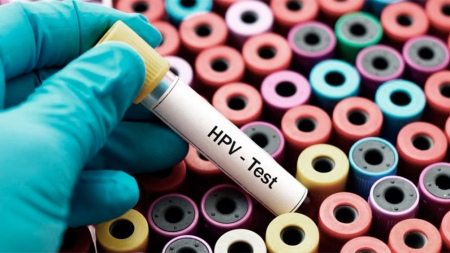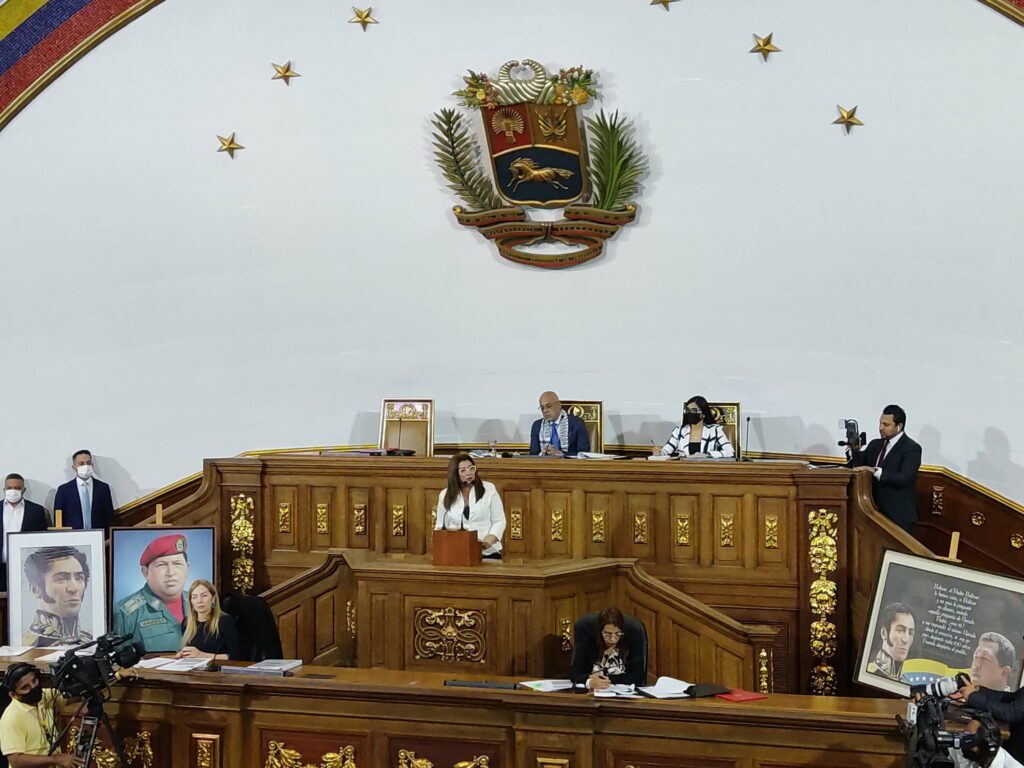Ten years after the start of the vaccination strategy against the Human Papilloma Virus (HPV) in Argentina, a study was launched in the city of Posadas, Misiones, to measure the impact it had on the population, reported the Ministry of Health.
Led by the ANLIS Malbrán, 1,500 samples will be taken to analyze their genotypes in sexually active women who have received the HPV vaccinea task for which the health portfolios of La Rioja, San Luis, Córdoba, Misiones and Santa Fe will collaborate.
The result “will serve as a key input against cervical cancer, a disease that causes 4,500 cases per year in Argentina and close to half die”reported the health portfolio.
The Minister of Health, Carla Vizzotti, launched the investigation at the “Dr. Ramón Madariaga” from the city of Posadas and which will be called “Impact of vaccination against human papillomavirus (HPV) in Argentina in the framework of cervical cancer prevention: Experience in the real world 10 years after its implementation” .
“I am very proud that we are doing this launch in Posadas, which is part of the study, to take 1,500 samples as soon as possible, analyze these genotypes at ANLIS Malbrán, classify them and see what the situation is in relation to this issue,” he said. the minister and added that the study “is very important because it is about research for action.”
The objective of the initiative is to determine the prevalence of HPV types in cervicovaginal samples of sexually active adolescents who received the vaccine against this virus.
The evaluation of the changes in the prevalence of the vaccine genotypes, the study of the additional benefits (cross-protection against viral genotypes that are not included in the vaccines and herd immunity).as well as the identification of unwanted phenomena, such as immune escape from vaccine genotypes and genotype replacement, will be critical to maintaining and improving prevention strategies.
Vizzotti explained that this release corresponds to the third cohort of an investigation that began in 2015.and highlighted “the immense merit of the Malbrán team and of the provinces that carried out the second, where it was seen that the incidence in the circulation of high-risk genotypes was reduced by 93 percent with the bivalent vaccine.”
The minister thus added that “this information is key to being able to generate trust in the health team and in the population”, and remarked that it was the first study on this subject published in Latin America, for which reason she emphasized the importance of “generating evidence local to make local decisions.
The project is led by the Oncogenic Virus Service of the National and Regional HPV Reference Laboratory of the National Institute of Infectious Diseases (INEI) of ANLIS, and will have the participation of the Ministries of Health of the provinces of La Rioja, San Luis , Córdoba, Misiones and Santa Fe, and the Directorate for the Control of Immunopreventable Diseases of the national health portfolio.
In November 2020, the World Health Organization (WHO) launched the “Global Strategy to accelerate the elimination of cervical cancer”.
It is based on vaccination, detection and treatment of lesions, whose successful application could lead to a reduction of more than 40 percent of new cases of the disease and avoid 5 million deaths related to it for the year. 2050.
Since the main benefit of HPV vaccination – the prevention of cervical cancer and other HPV-associated cancers – will not be apparent for decades, it is recommended to monitor its earlier effects on circulating viral genotypes, so that adolescents and young people constitute the first target.
Thus, for the study, at least 1,500 cervicovaginal samples will be collected from women between the ages of 15 and 20, vaccinated and sexually active, from La Rioja (Vera Barros Hospital, Mother and Child Hospital and Mobile Gynecological Unit), San Luis (“Dalmiro Perez Laborda” Public Health Laboratory and “Dr. Braulio Moyano” Primary Health Care Center).
Also from Córdoba (Sanatorio Allende, Hospital Misericordia Nuevo Siglo and Hospital Nacional de Clínicas), Rosario (Centro De Especialidades Médicas Ambulatorias Rosario, CEMAR) and Misiones (Hospital Escuela de Agudos “Dr. Ramón Madariaga”).


















